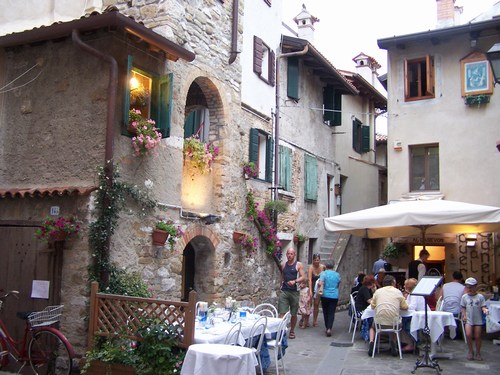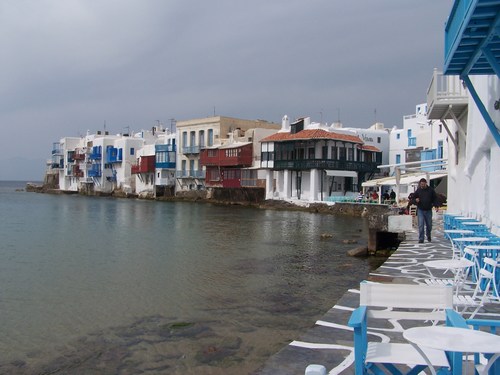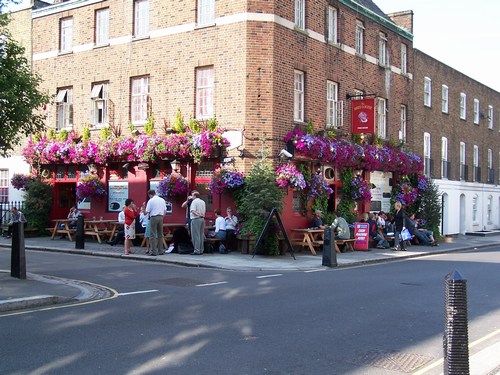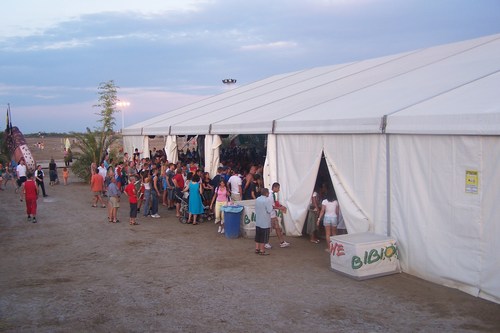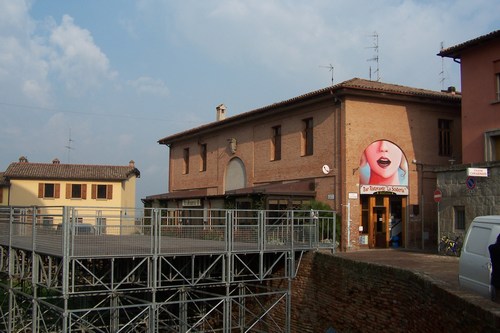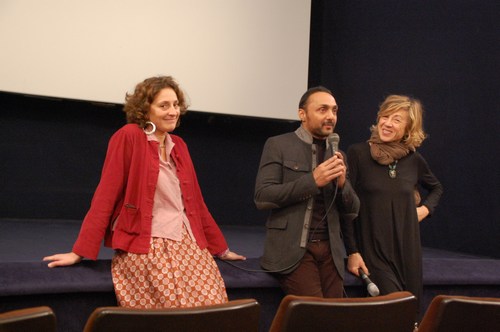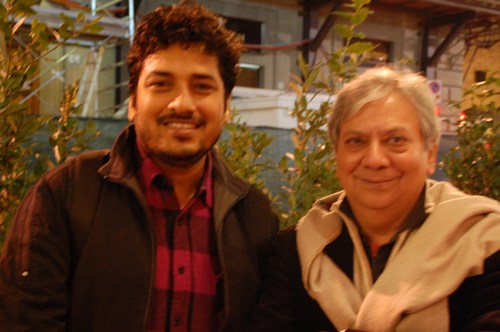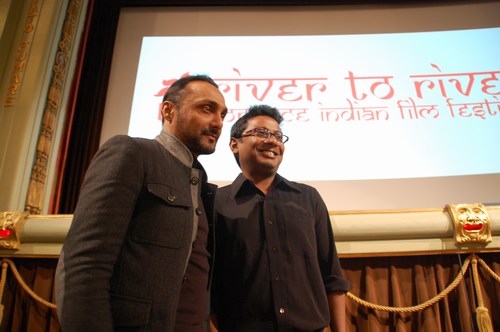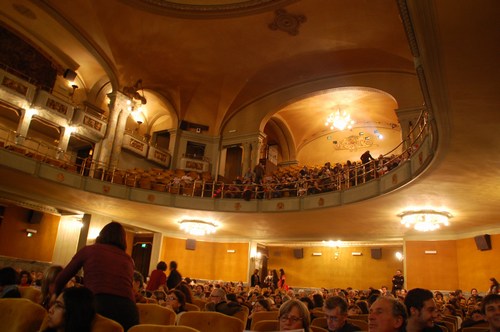Introduction to Acharya Chatur Sen
Acharya Chatur Sen Shastri, was a trained Ayurvedic doctor, and was also a prolific Hindi writer. He had written 186 books including 32 novels, more than 450 short stories, and many non-fiction books on themes as diverse as politics, history and Ayurveda. Apart from a strong interest in ancient Hindu sacred books, he also wrote about history of Islam in India.I have read two of his works related to ancient India -
(a) Vaishali ki Nagarvadhu (वैशाली की नगरवधु, The courtesan of Vaishali, first published in India in 1949 by J. S. Sant Singh and Sons Delhi for Hindi Vishwabharati). It was about a courtesan called Ambapali during the time of Gautama Buddha, a few centuries before Jesus.
(b) Vayam Rakshamah (वयं रक्षामः, We are Raksha, first published in 1955; from the edition published by Rajpal and Sons, Delhi 2009) is about Raavan, the mythological king from Ramayana.
Each of these books carries a long list of ancient texts that were consulted by Chatur Sen for writing that book.
At that time, he was also worried that his depiction of ancient history of Aryas and other Indic races may not be accepted easily by everyone as it touched on areas that can be seen as obscene. At the same time, he felt that he had to speak the truth as he had understood it from the studies of the ancient Hindu books:
In this book, I have presented the forgotten word-pictures of different human clans such as Nar, Naag, Dev, Daitya, Danav, Arya, Anarya, etc. from pre-vedic times, who had been seen through the coloured lenses of religion and mythologised into gods of the heavens. I have the courage to present them as human beings. "Vayam Rakshamah" is certainly a work of fiction, but at the same time it is the result of deep study of Veda, Purana, philosophy and foreign texts ... it the summary of my life's work.
This book was accompanied by an accompanying explanatory book, to justify and reference whatever he had written in the book, with notes from different sources that he had studied.
Upinder Singh in "A history of ancient and early medieval India" (Dorling Kindersley India, 2008) had written, "History is not one but many stories, only a few of which have yet been written. ... there are two parallel images of ancient South Asia - one based on literary sources, the other on archaeology." About the ancient texts, Singh wrote, "Ancient texts are much older than their surviving scripts, and have a life of their own. They have grown and changed over time, and this process of growth and change - the period of composition - could in some cases have lasted for hundred of years before they were compiled or given a more or less final shape."
The descriptions of ancient Indian and world histories, from the analysis of ancient Indian texts, have been attempted many times, by scholars from different disciplines, from India and many other countries. Continuing archaeological excavations as well as new technologies such as satellite mapping and imaging, have provided new corroborative evidences to the the different theories.
Therefore, I think that it is important and interesting to look at the conclusions about the ancient world events during prehistorical times, at which Acharya Chatur Sen had arrived through his decades long studies. I don't think that people have seriously taken a systematic look at the literary works of Indian authors writing in Hindi or other Indian languages, in terms of analysing their ideas and their implications on this subject. Modern thinkers and historians, rarely look at these works and when they do, often tend to look at them as unreliable or even communal.
This article is mainly based on the descriptions in Sen's book, "Vayam Rakshamah".
End of part one of a three parts article. Part 2 explains the context of writings by Chatur Sen, while part 3 presents the main ideas of world history in Chatur Sen's work.
Note: Special thanks to Sanjay Bengani and Sameer Lal for the image of Acharya Chatur Sen!


.jpg)

